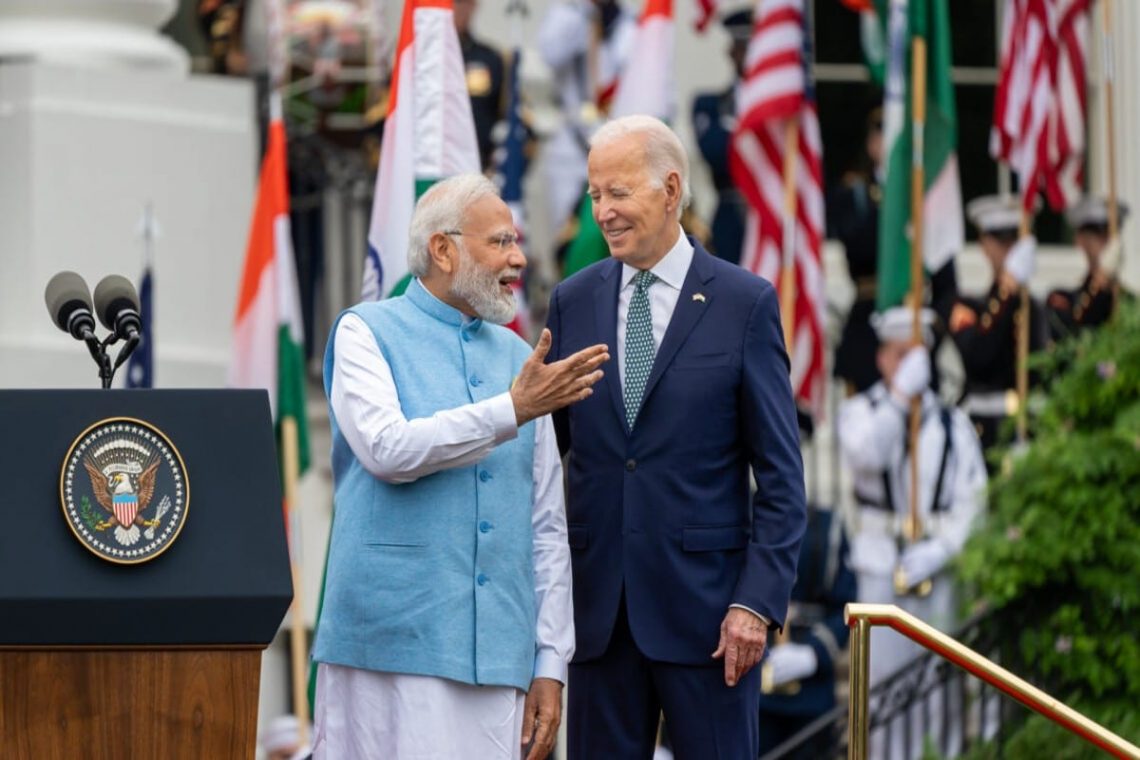Prime Minister Narendra Modi’s upcoming visit to Russia, scheduled for July 8-9, has generated a lot of buzz in India. This is the first time Modi will have an in-person bilateral meeting with Russian President Vladimir Putin since the beginning of the Ukraine war in February 2022.
The last time the two leaders met for such a meeting was in December 2021– nearly three years ago. Given the current geopolitical context, and internal developments in Western countries, the timing of this visit, from a strategic point of view, has become rather important.
We explain why that is the case. We take a look, first, at why PM Modi and President Putin held off on a visit or in-person meeting for a relatively long time. Then, we look into why there was no time like the present for the visit.
No Modi-Putin meeting for nearly 3 years: Why?
India, which has deep ties with Russia, has boosted its ties with the West, especially the United States, in the past couple of decades.
As is well-known, India’s foreign policy vis-a-vis these two nations is to maintain a delicate balance, and not to get caught in their power tussle in the global arena. This strategy has existed since the Cold War days, in the form of the Non-Aligned Movement (NAM).
When Russia attacked Ukraine in February 2022, the rift between Moscow and the West inevitably widened to a degree not seen in recent history. US and several countries in Europe condemned the act of war, and levied sanctions on Russia. India did neither.
New Delhi stuck to saying it promotes peace, without condemning Putin or Russia. In fact, in a meeting with Ukrainian President Volodymyr Zelensky, PM Modi even conveyed “our clear support for dialogue and diplomacy to find a way forward.”
PM Modi also refrained from a bilateral meeting with his Russian counterpart. There were virtual summits, and sideline meet-and-greets at in-person multilateral summits that kept the Indo-Russia strategic partnership robust, but otherwise, India maintained neutrality.
There were other challenges, too. During this time, Putin leaving Russia had also become a rarity. The timing of an in-person meeting was also complicated by a coup attempt and then elections in Russia. Close on the heels of that came the Indian elections.
In the meanwhile, issues, including those around oil purchase, securing the return of stranded Indians from Ukraine and Russia, and discharge of Indians misled into fighting in the war, had to be addressed via virtual meetings.
Is the current timing right?
Matters of defence trade and partnership, oil, and Indians stuck in the Ukraine war have continued mounting. The need for a closed-door, in-person meeting has been mounting. Meanwhile, Russia’s reliance on China– which, unlike India, has shown animosity towards the West on multiple occasions– kept advancing.
When Putin finally started venturing on foreign trips, China became a popular spot to go to. He called on Xi Jinping in Beijing shortly after the inauguration of his fifth presidential term. More recently, he also met the Chinese leader at the Shanghai Cooperation Organisation (SCO) summit. PM Modi did not attend the summit in Astana, Kazakhstan.
Russia’s growing closeness with China is not pleasing to India, especially since Moscow is an ally to both the rival Asian nations. New Delhi has to ensure that Russia maintains neutrality in the India-China territorial disputes (as it has done so far), instead of shifting to Beijing’s corner.
For Putin, on the other hand, having a bilateral meeting with recently re-elected PM Modi would be great optics. It would go to show that despite multiple efforts by the West, Moscow isn’t isolated in the global arena.
That was the cue to it being a good time for the Indian and Russian leaders to meet.
Other cues, those specifically in India’s interest, were the internal developments in several countries in the West. Primary, among these, are elections. The elections in the European Union got the leaders worried about the surge of right-wing populism throughout the continent.
Then, snap elections in the United Kingdom and France turned the focus of those nations inwards. In the United States, too, the debacle at the first presidential debate led to a significant amount of focus of the leadership turning inwards. All told, many Western leaders were preoccupied with domestic issues, reducing their focus on international diplomacy.
Additionally, according to a recent report in Politico, “With attention turned to the Middle East, and the divide over Gaza widening, indefatigable Zelenskyy has struggled to cut through.”
In simple words, the recent developments in the Israel-Hamas conflict have diverted global attention from the Ukraine situation.
It may be argued that that has created a great strategic window for PM Modi’s visit: A window where the pushback from the West could be expected to be limited. The eagerness for an in-person meeting between Modi and Putin was evident. The rapid arrangement of this visit, once the opportunity arose, underscores the mutual interest in strengthening bilateral ties.
In a nutshell
A stitch in time saves nine. The timing of Modi’s visit to Russia is strategic. It has come at a moment when countering the growing Chinese closeness with Moscow was crucial. What has also been leveraged well is a period when Western attention is diverted by domestic issues and other global conflicts. The eagerness from both India and Russia to engage in high-level dialogue shows the importance of their bilateral relationship. With India’s proven track record of managing its foreign policy dynamics, any diplomatic pushback from the West can be expected to be addressed effectively, maintaining India’s strategic interests.
With inputs from agencies
Link to article –
Modi, Putin’s first bilateral meeting in nearly 3 years is all about the timing. Here’s why

